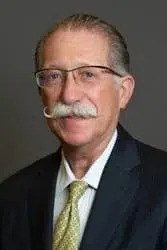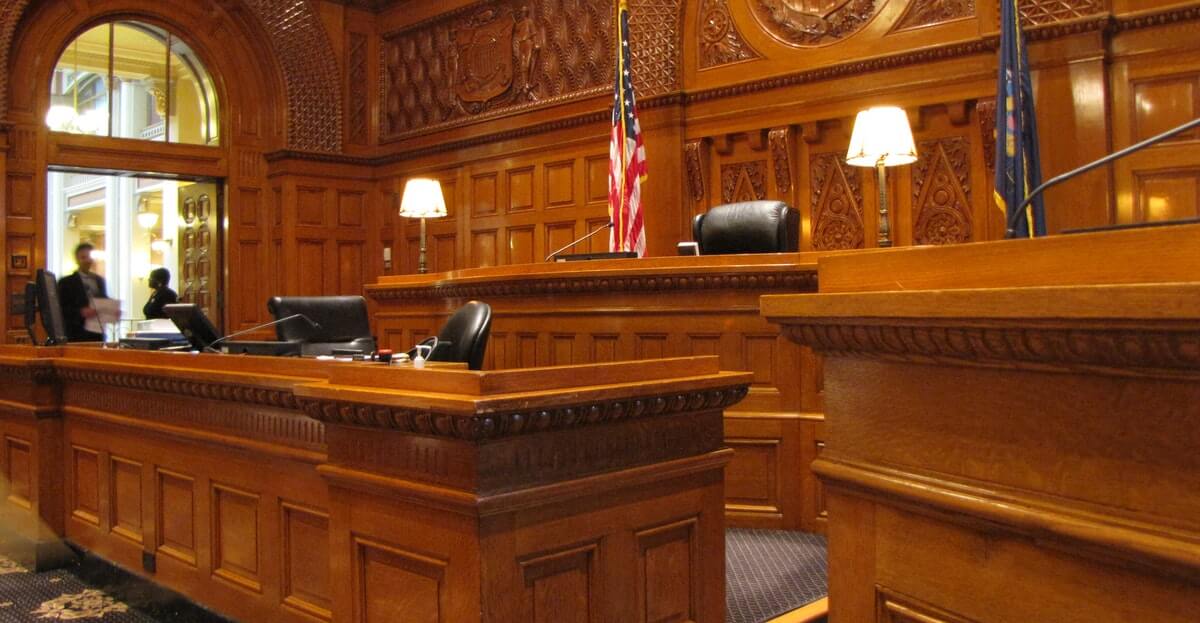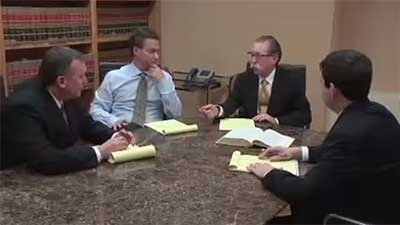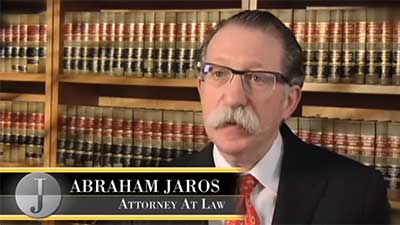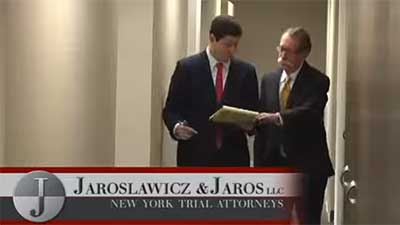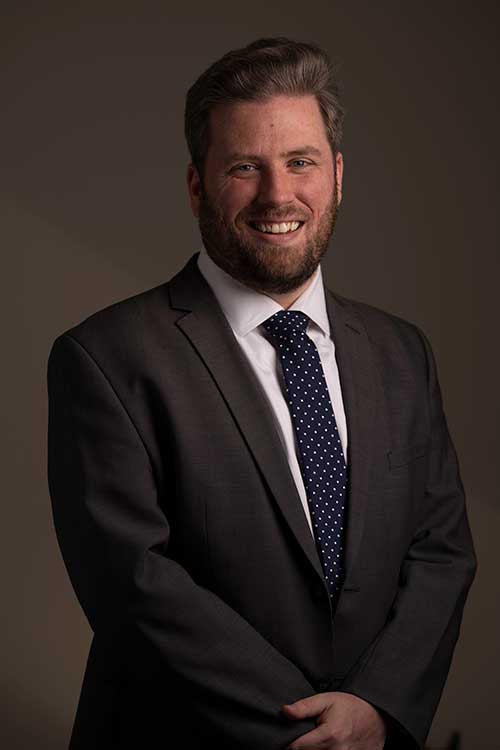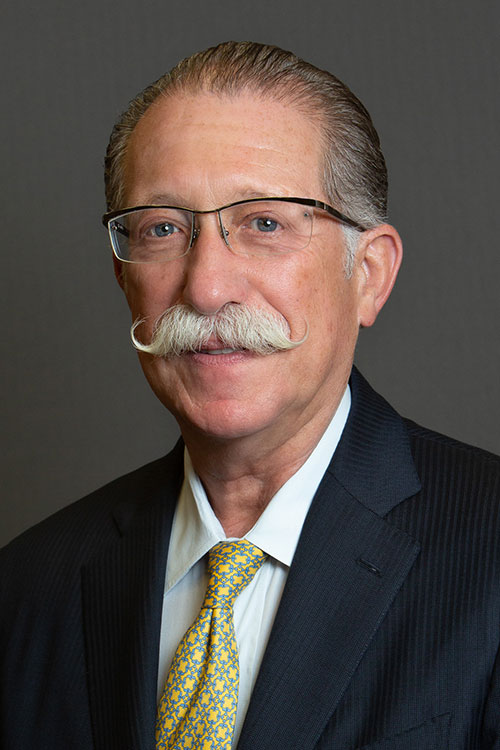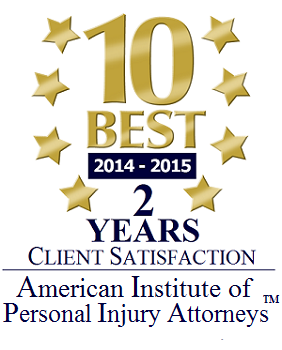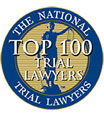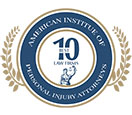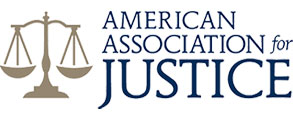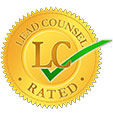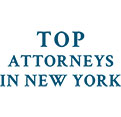At first glance, driving while relying on an autopilot system seems to be a good idea. Having a computer regulate speeds and navigate a car ostensibly reduces the possibility of human error leading to a crash. Computerized navigation may also eliminate a host of emotional and irrational decisions that human drivers make without considering the consequences of their actions (i.e. texting and driving, road rage, drunk driving).
The possibility of driving on autopilot has led a number of auto manufacturers to implement sophisticated guidance systems in their new vehicles, with the hope of introducing fully autonomous vehicles in the near future. Two years ago, it was believed that driverless cars could be on the road before the next decade, especially when Tesla introduced its Model S and Model X, complete with autopilot functions.
Fast forward to 2018, and several high-profile crashes have occurred, reportedly involving the much vaunted auto-pilot function. The latest crash occurred recently in Utah, where a Model S crashed into a stopped fire truck supposedly while the auto-pilot should have detected the vehicle.
The latest collision has safety advocates questioning Tesla’s claims regarding its safety record. In a series of tweets last week, Tesla founder Elon Musk defended his company. He noted that an automotive fatality occurs every 86 million miles driven, but with Tesla, that number drops to a fatal accident every 320 million miles.
Indeed, the comparison can be misleading. For one, Tesla has not revealed how many miles customers and technicians have driven its vehicles compared to other cars. Additionally, most cars on the road today are not equipped with the safety features that help in limiting accidents. Further, the average age of Tesla owners compared to drivers of other vehicles may also affect the statistics and what they actually say about safety.
Ultimately, Tesla’s latest publicity was likely positioned to accomplish two things: to protect its brand in the marketplace, and to send a defensive “shot across the bow" against potential lawsuits. However, if it is discovered that the crashes were caused by unresolved manufacturing defects, Tesla could be facing much more than just bad publicity.

